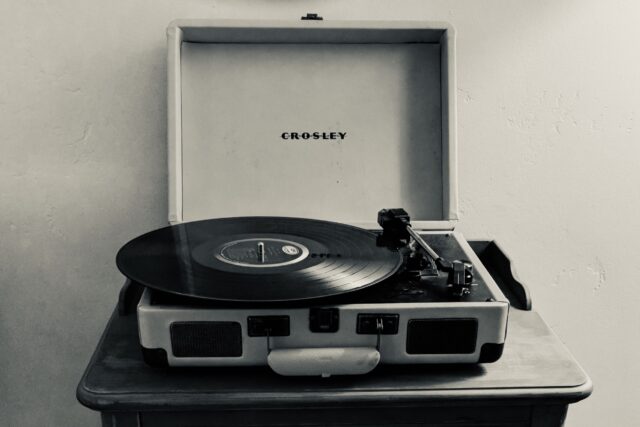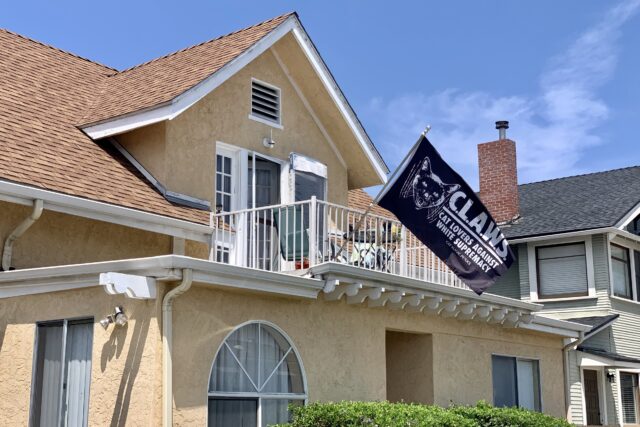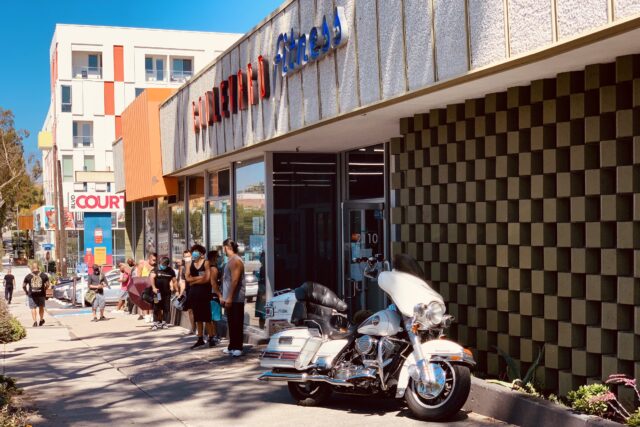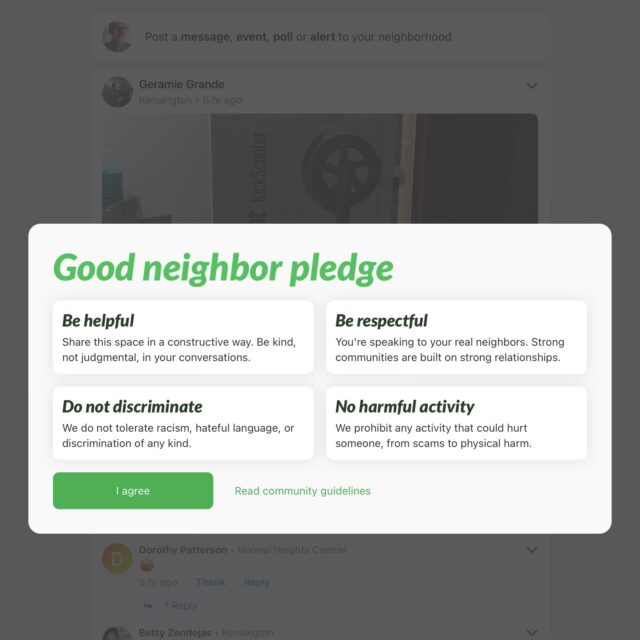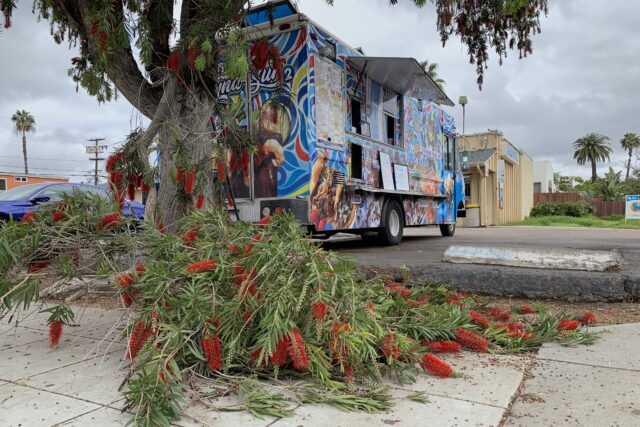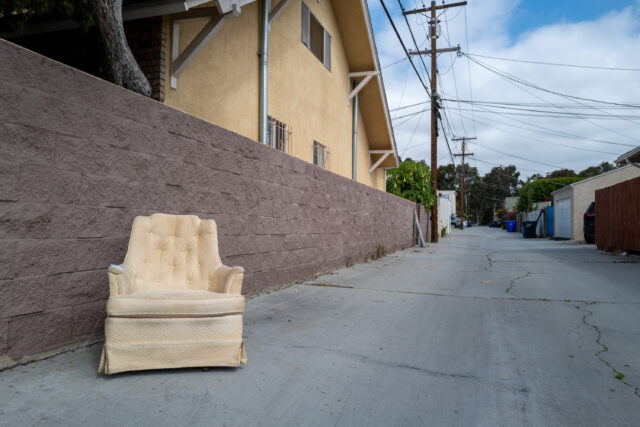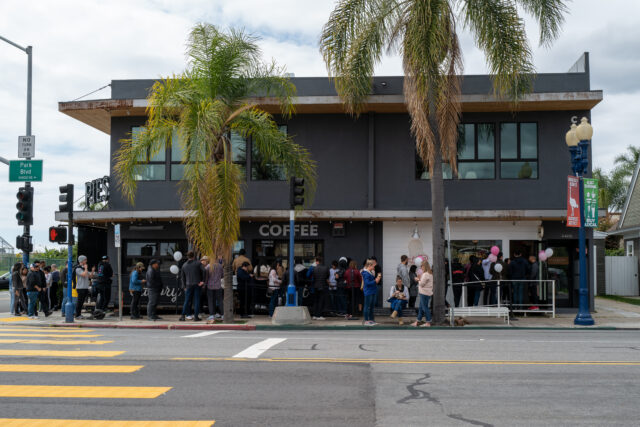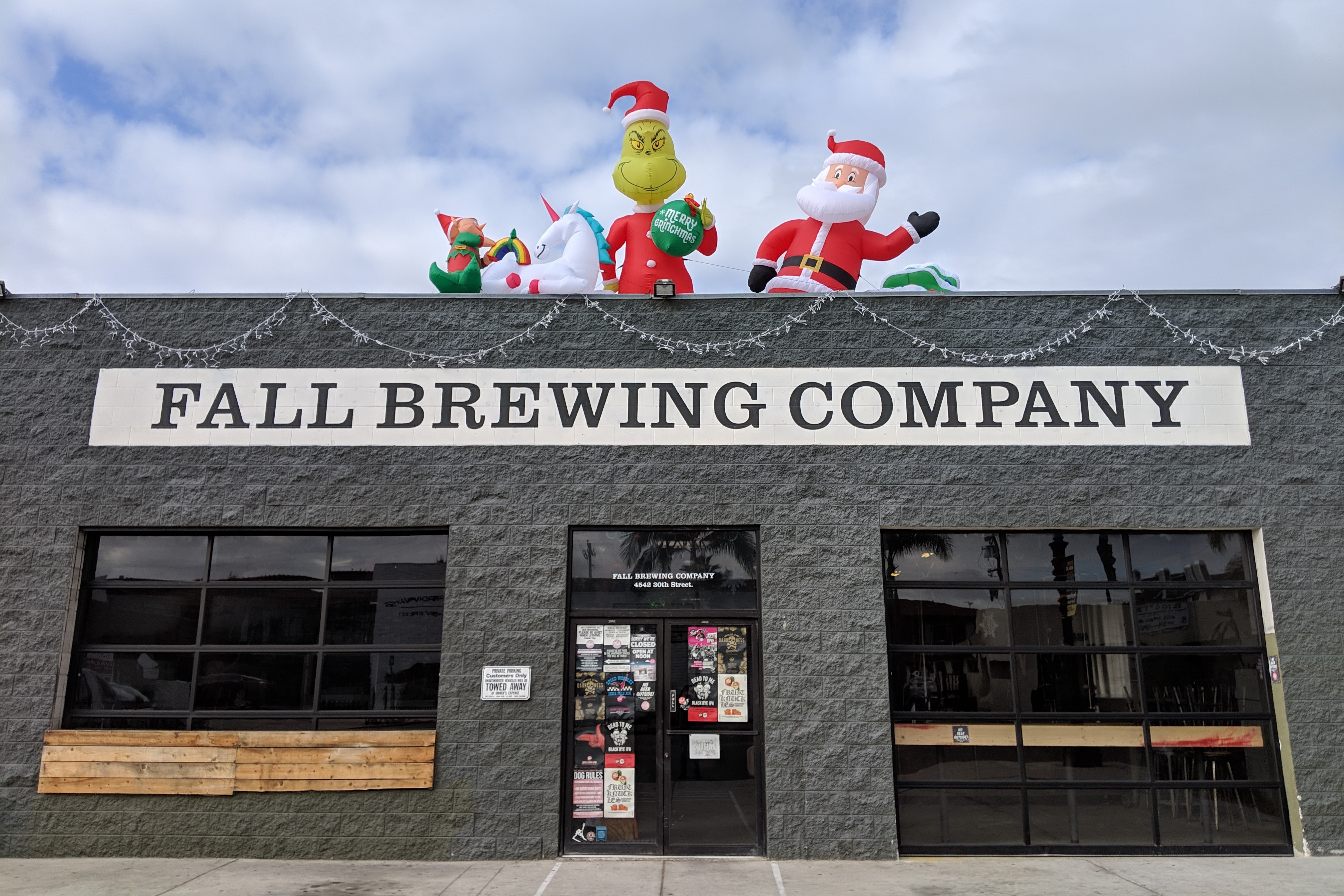Someone please explain this to me—seeing as I am an older white guy who is supposedly clueless about social justice matters. Today, I moseyed over to the Billboard Hot 100 to see where ranked controversial Cardi B song “WAP”, which is shorthand for “Wet-Ass Pussy”. The tune is Number One its only week on the chart. That’s an impressive debut.
Unexpectedly, I am perplexed by the other nine, in context of racial riots raging across the country; protesters demanding “no justice, no peace“; and U.S. representative Ayanna Pressley (D-MA) calling for “unrest in the streets“. Among the Top 10 songs, seven are from artists of color (the majority men); one is from a mixed-race troupe; and two are from white male solo singers. If anyone is looking for someplace where there is black representation, look no further.
